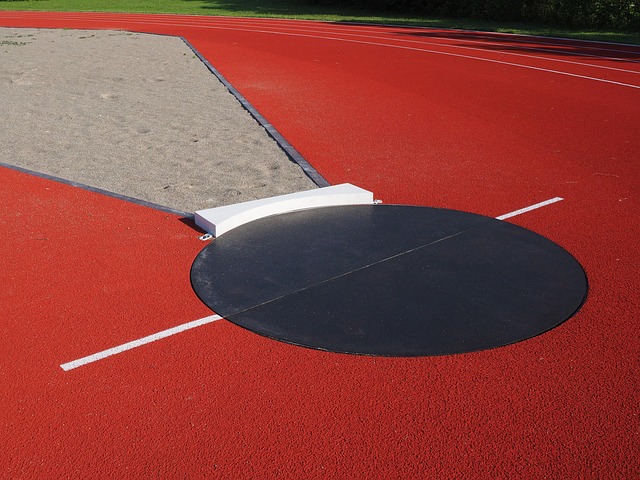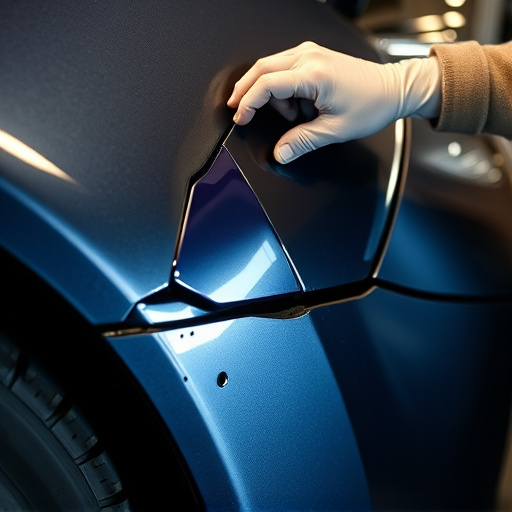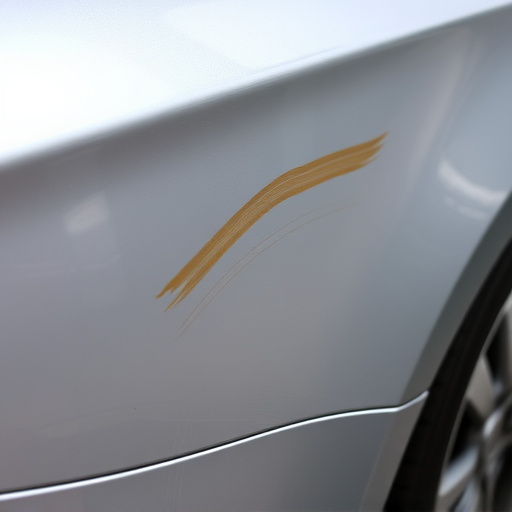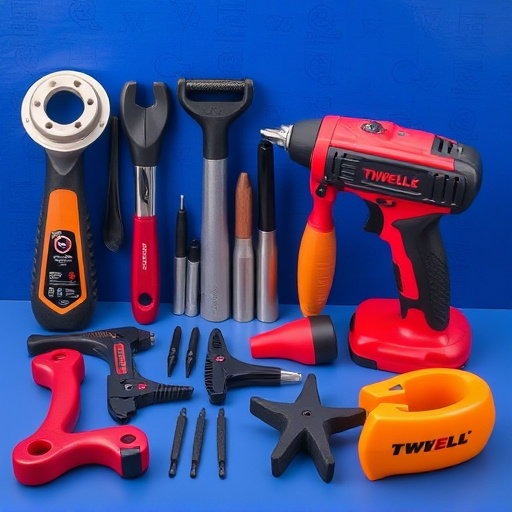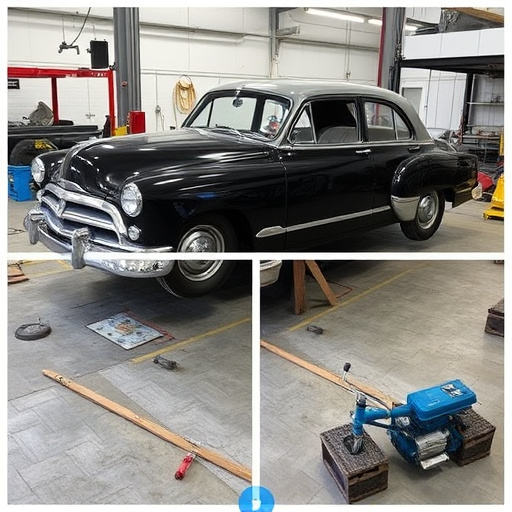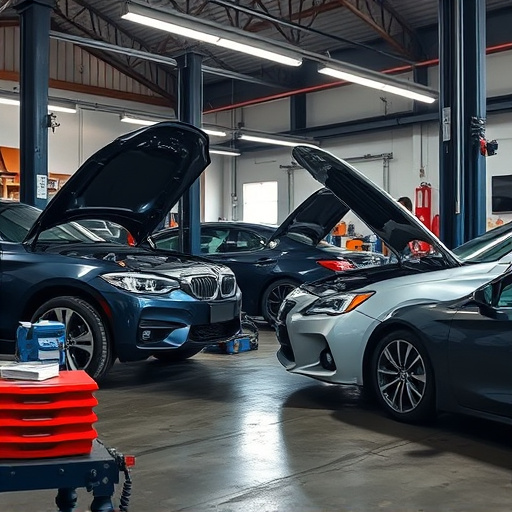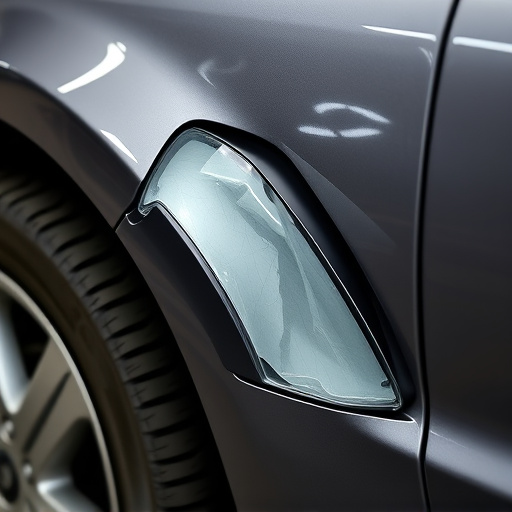After an accident, understanding and addressing axle damage is vital for safe driving and cost-effective axle repair after accident. Axles can sustain various issues, from cracks and bends to complete fractures or misalignments. Early recognition by professionals in a vehicle body shop ensures proper repairs, preventing long-term problems. Following repairs, a structured approach includes assessment, replacement of worn parts, reassembly, tightening bolts, and testing performance. Regular maintenance, including inspections and quality car repair services, is crucial to avoid future axle damage. Even minor damages should be addressed meticulously to prevent corrosion.
After a car accident, understanding and addressing axle damage is crucial for safe driving. This article guides you through the process of handling axle repair, offering insights into identifying common types of axle damage and providing step-by-step instructions for effective repairs.
Learn essential preventive measures to avoid future axle issues, ensuring your vehicle’s longevity and your peace of mind on the road. Discover the key steps in achieving a successful axle repair after an accident.
- Understanding Axle Damage After an Accident
- Steps for Safe and Effective Axle Repair
- Preventive Measures to Avoid Future Axle Issues
Understanding Axle Damage After an Accident

After a collision, understanding axle damage is crucial for effective axle repair after accident. Axles are vital components that connect your vehicle’s wheels to its drivetrain, so it’s no surprise that accidents often cause significant damage. This can range from cracks and bends in the axle housing to complete fractures or misalignments. Recognizing these issues early on is key, as prompt action ensures safer driving and potentially saves you money in the long run.
In a vehicle body shop, experts will assess the extent of the damage using advanced tools and techniques. They’ll determine whether the axle needs welding, straightening, or even complete replacement. Remember, proper auto body restoration isn’t just about aesthetics; it’s about ensuring your vehicle’s structural integrity and safety. Following an accident, don’t overlook the importance of professional assessment and repair, especially when dealing with components like axles that play a critical role in your vehicle’s performance and stability.
Steps for Safe and Effective Axle Repair
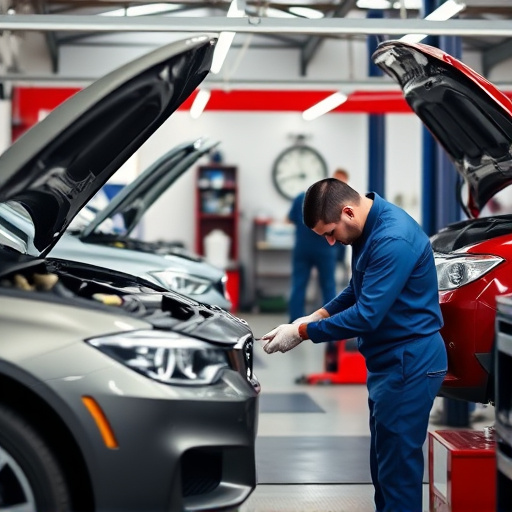
Handling axle repair after an accident requires a systematic approach to ensure safety and effectiveness. The first step is assessing the damage. After ensuring your safety, carefully examine the vehicle for any visible signs of damage, focusing on the axles, wheels, and fenders. If the damage is severe or you’re unsure about the extent of the issue, it’s advisable to consult a professional auto repair service.
The actual axle repair process involves several crucial steps. Begin by jacking up the vehicle and securing it on blocks for safe access. Then, locate the damaged axle component, which could be the axle shaft, U-joint, or CV joint. Replace any worn-out parts with genuine ones from a reputable vehicle body shop to ensure quality and longevity. Reassemble the components, tighten the necessary bolts, and lower the vehicle. Before driving, test the vehicle’s performance and handling to confirm that the axle repair is secure and efficient.
Preventive Measures to Avoid Future Axle Issues

After successfully handling an axle repair following an accident, it’s crucial to consider preventive measures to avoid future issues. Regular maintenance plays a significant role in ensuring your vehicle’s longevity and safety on the road. One effective strategy is to adhere to a consistent inspection routine, checking for any signs of damage or wear, especially after encountering challenging driving conditions. Early detection of potential problems can make all the difference; a simple checkup might save you from costly repairs down the line.
Additionally, prioritizing quality car repair services and seeking professional advice during servicing can contribute to your axle’s overall health. Remember that proper alignment and balance are essential for smooth axle operation. While occasional fender benders or minor dents (requiring vehicle dent repair) might not immediately affect the axle, they could be indicators of underlying issues. Similarly, ensuring that paint repairs are done meticulously can prevent future corrosion, which is a common cause of axle damage.
In conclusion, handling axle repair after an accident requires a thorough understanding of potential damage, adherence to safety protocols, and proactive measures. By following the steps outlined for safe and effective repair, and taking preventive actions to avoid future issues, you can ensure your vehicle’s stability and safety on the road. Remember, proper care after an accident is key to maintaining your vehicle’s performance and preventing costly repairs down the line, focusing specifically on axle repair after accident scenarios.

